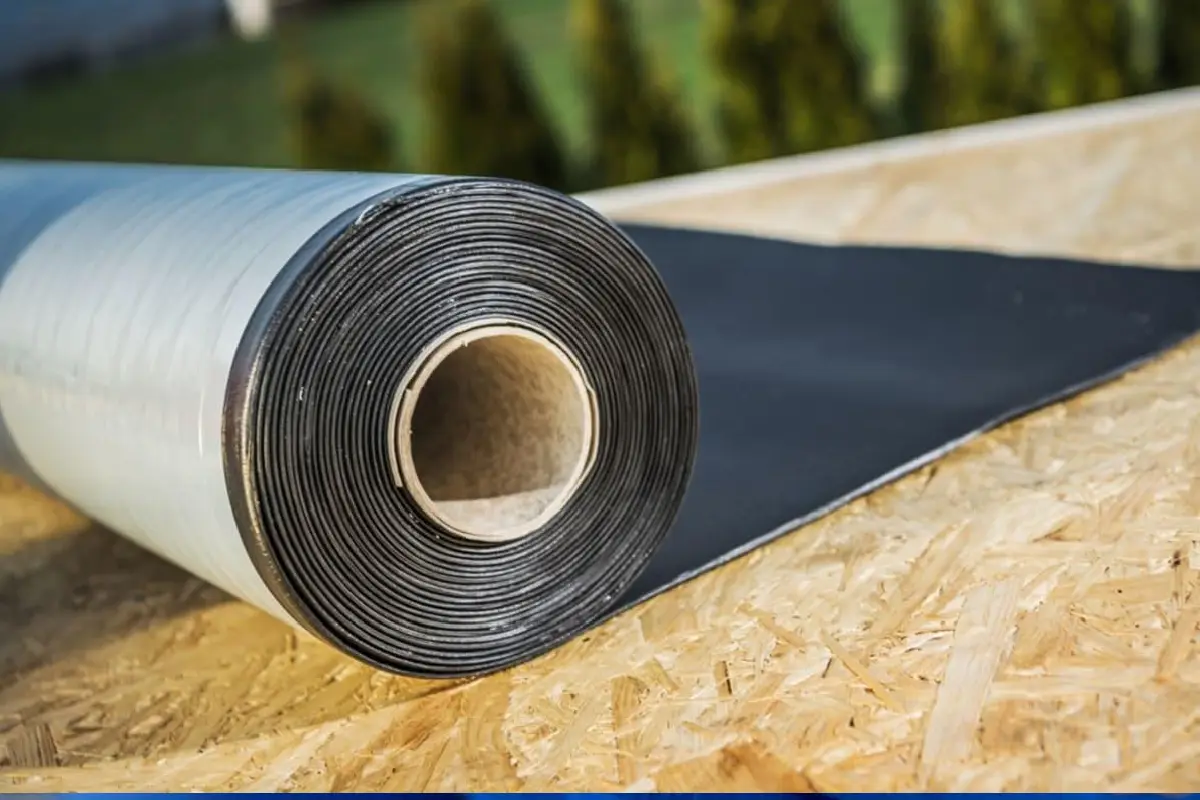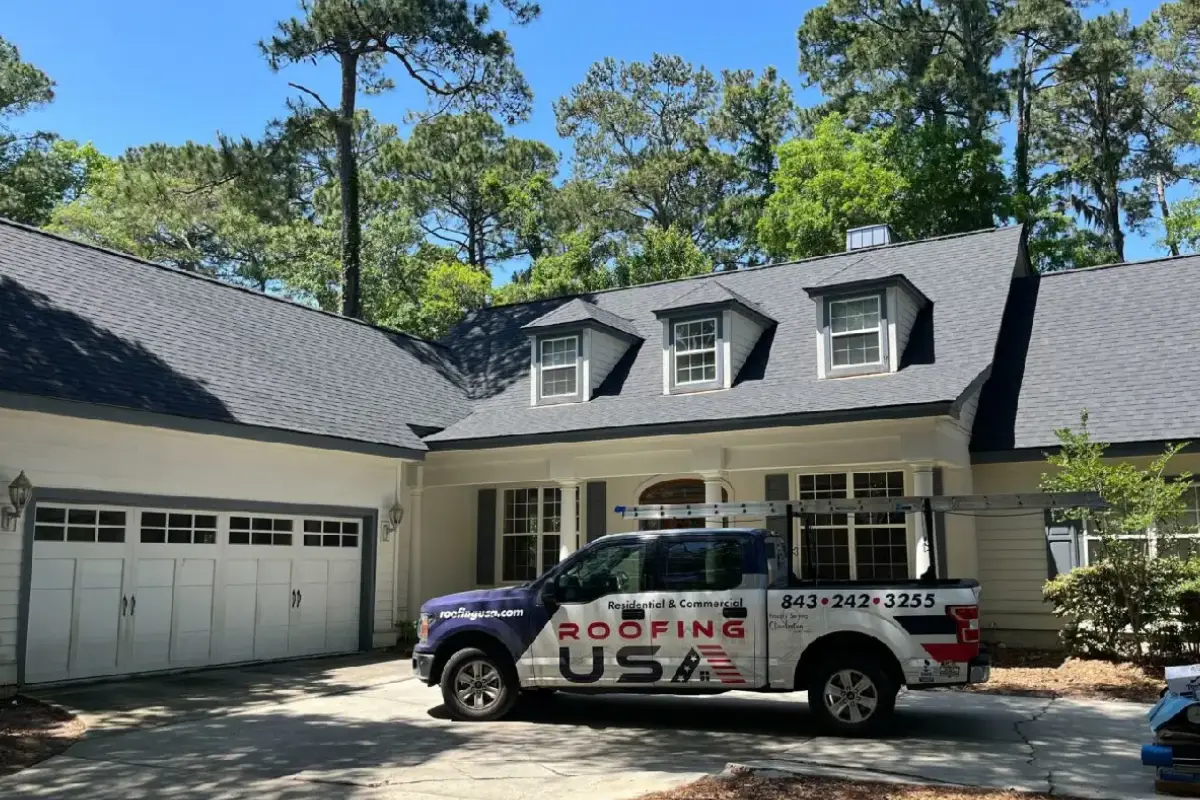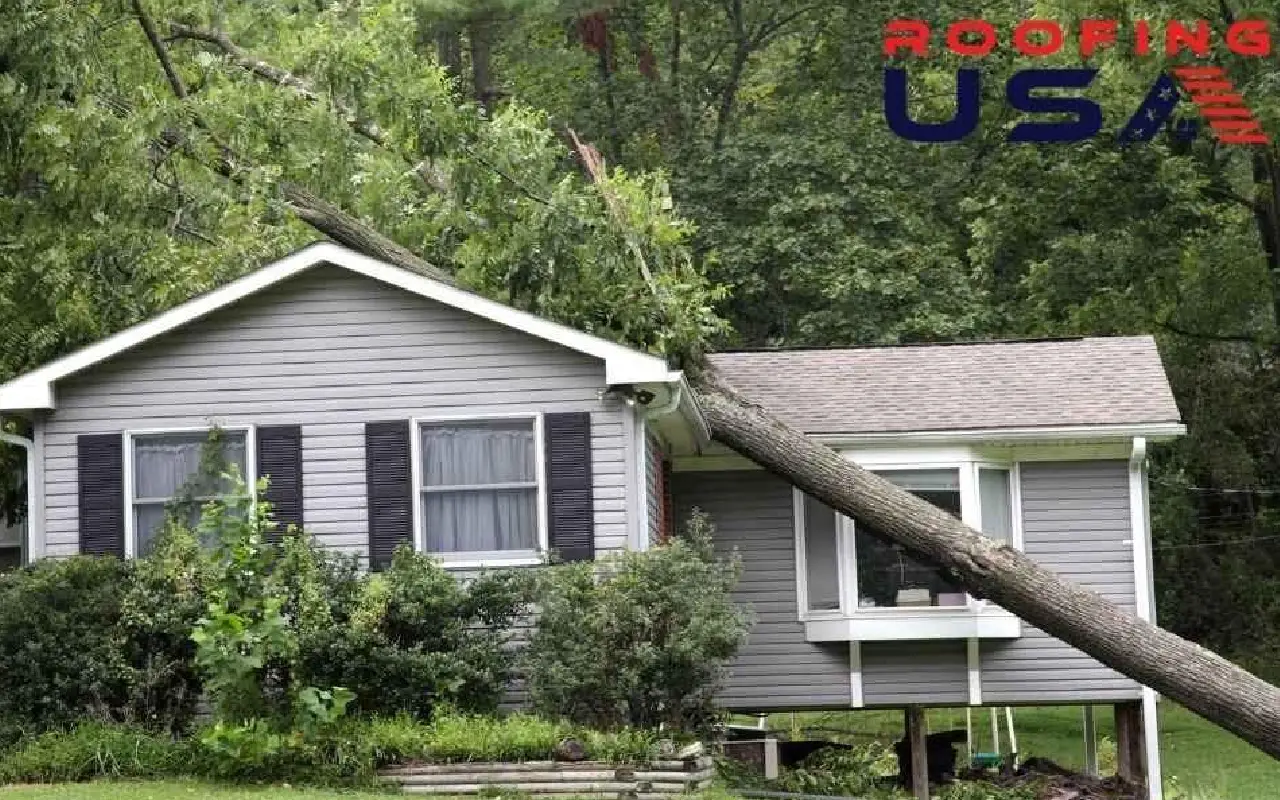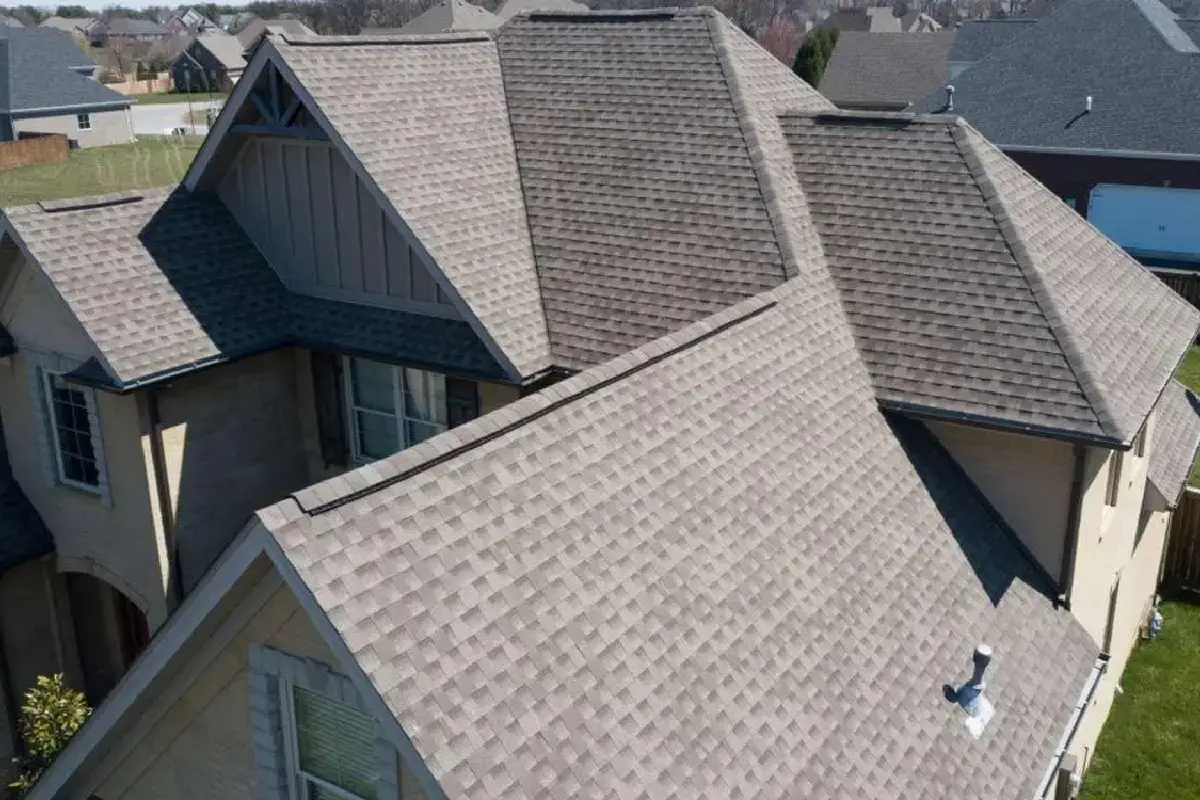Understanding EPDM roofing membranes is essential for commercial building owners. EPDM, which stands for Ethylene Propylene Diene Monomer, is a synthetic rubber roofing membrane that has gained popularity in the commercial roofing industry. Its unique properties and benefits make it a preferred choice for many commercial buildings.
A comprehensive understanding of EPDM roofing membranes is crucial for commercial building owners and general managers to make informed decisions, ensure the longevity and efficiency of their roofing systems, and maximize the return on their investment.
This article will describe the importance of understanding EPDM roofing membranes and explore the various aspects that make it an attractive option for commercial roofing. We will discuss its definition and overview, the components that make up EPDM roofing membranes, the installation process, and the advantages it offers. Let’s start by defining and exploring the world of EPDM roofing membranes.
What is EPDM Roofing?
EPDM roofing is a common option for commercial roofs.
EPDM roofing membranes are manufactured in large sheets, making them easy to install and providing a seamless finish. These sheets are made from ethylene and propylene, which gives EPDM its impressive elasticity and resistance to weather elements. The elasticity allows the roofing system to expand and contract without compromising its integrity, making it an excellent choice for commercial buildings in various climates.
This type of roofing offers a range of benefits that make it a preferred choice for commercial building owners and general managers. Its longevity is one of its standout features, with many EPDM roofs lasting up to 40 years or more with proper maintenance.
This long lifespan translates into cost savings in the long run , as it reduces the need for frequent repairs or premature roof replacement.
Benefits of EPDM Roofing Membranes
There are several advantages of EPDM Roofing that make them highly desirable for commercial applications.
Durability and Longevity
The synthetic rubber material used in EPDM membranes provides a high level of resistance against UV rays, ozone, and other environmental factors that can cause damage to traditional roofing systems, making them exceptionally durable. This durability ensures that the roof can withstand the test of time, requiring minimal maintenance and providing long-term protection for the building.
Energy Efficiency
The rubber material reflects a significant amount of solar heat, reducing the amount of heat absorbed by the building and helping to maintain a comfortable indoor temperature. This cooling effect can result in lower cooling costs during the hot summer months, making EPDM roofing an environmentally friendly choice that can contribute to energy savings.
Cost-Effectiveness
EPDM roofing is a cost-effective solution for commercial buildings. Its long lifespan and minimal maintenance requirements translate into lower life cycle costs compared to other roofing options. Additionally, EPDM membranes are relatively easy to install, reducing labor costs during the installation process. This combination of durability, low maintenance, and installation efficiency makes EPDM roofing a financially smart choice for commercial building owners.
Resistance to Weather Elements
EPDM roofing membranes are highly resistant to weather elements such as rain, hail, and snow. The rubber material provides an effective barrier against moisture, preventing leaks and water damage to the building’s interior. This roofing material also has excellent resistance to wind uplift, making it suitable for buildings located in areas prone to strong winds or storms. EPDM roofing is a versatile and reliable choice for commercial buildings. By understanding the benefits and capabilities of EPDM roofing, you can make informed decisions when protecting and maintaining your commercial property.

Components of EPDM Roofing Membranes
EPDM roofing membranes are comprised of several key components that work together to provide exceptional performance and protection for commercial roofs. Understanding these components is crucial for commercial building owners and general managers considering EPDM as their roofing solution.
Rubber Material
At the heart of an EPDM roofing membrane is the rubber material, which gives it its exceptional durability and flexibility. This rubber material is highly resistant to UV radiation, ozone, and extreme weather conditions, making it an ideal choice for commercial roofs exposed to the elements.
Reinforcements
To enhance the strength and dimensional stability of EPDM roofing membranes, they are often reinforced with various materials. Reinforcements can include polyester scrim, fiberglass mat, or a combination of both. These reinforcements are embedded within the rubber material, providing additional tensile strength and tear resistance. The use of reinforcements in EPDM membranes ensures that the roofing system can withstand the rigors of installation, foot traffic, and extreme weather conditions. It also helps prevent the membrane from stretching or shrinking, ensuring long-term performance and minimizing the risk of leaks or damage.
Adhesives and Sealants
To create a watertight barrier and ensure proper installation, adhesives and sealants play a critical role in EPDM roofing systems. Adhesives bond the EPDM membrane to the substrate, while sealants are applied to seal joints, seams, and penetrations, preventing water infiltration.
The choice of adhesives and sealants depends on various factors such as the type of substrate, climate conditions, and installation method. It is crucial to use high-quality adhesives and sealants designed for EPDM roofing applications to ensure a secure and long-lasting bond.
Installing EPDM roofing membranes requires expertise and precision in handling these components. Therefore, it is essential to work with professional commercial roofing contractors who have experience in EPDM installation and can guide the selection and application of the right components for your specific roofing needs.
By understanding the components of these membranes, commercial building owners and general managers can make informed decisions for their roofing systems.
What’s the Installation Process?
As a commercial building owner or general manager, it is crucial to have a comprehensive understanding of the installation process involved in EPDM roofing membranes. By familiarizing yourself with this process, you can ensure that your commercial roof is installed correctly, maximizing its performance and longevity.
Preparation
Before the installation of EPDM roofing membranes can begin, proper preparation is essential. This step involves a thorough inspection and assessment of the existing roof to identify any underlying issues that need addressing. Hire a professional commercial roofing contractor to conduct a commercial roof inspection and provide a detailed report. Once any necessary repairs or modifications have been made, the surface must be cleaned and free of debris, dirt, or loose materials. This ensures a smooth and even application of the EPDM roofing membrane. The preparation stage is critical as it sets the foundation for a successful installation process.
Application Techniques
EPDM roofing membranes can be installed using various application techniques, depending on the specific requirements of your commercial roof. The two primary methods are fully adhered to and mechanically attached.
In the fully adhered method, the EPDM membrane is bonded directly to the roof substrate using a specially formulated adhesive. This technique provides excellent strength and durability, ensuring the membrane remains securely in place even during extreme weather conditions. It is particularly suitable for roofs with low slopes or complicated configurations.
On the other hand, the mechanically attached method involves securing the membrane to the roof substrate using mechanical fasteners such as screws or plates. This technique offers ease of installation and allows for efficient repairs or replacement if necessary. It is commonly used for roofs with steeper slopes or larger surface areas.
Whichever application technique is chosen, follow the manufacturer’s guidelines and recommendations. Hiring an experienced commercial roofing company with expertise in EPDM roofing installations, such as our team here at Roofing USA, is highly recommended to ensure the proper application of the membranes.
Considerations for Commercial Building Owners and General Managers
Finding a professional installation company is paramount for commercial building owners and general managers. The expertise and skills of the roofing contractor can make a significant difference in the durability and performance of the roofing system.
However, with so many commercial roofing contractors out there, how does one choose the right one?
First and foremost, it is crucial to do thorough research and evaluate the reputation and track record of potential commercial roofing companies. Look for companies with a proven history of successful projects and satisfied clients. Reading online reviews and testimonials can provide valuable insights into their professionalism and quality of work.
Additionally, check if they are certified by reputable industry organizations, as this can indicate their expertise and commitment to excellence.
Another consideration is evaluating the roofing system itself. Understanding the condition of the current roof and identifying any underlying issues is essential before embarking on any roofing project.
Engaging the services of a professional commercial roof inspection team can provide a comprehensive assessment of the roof’s health. They can identify areas of concern, such as leaks, damage, or inadequate insulation, and recommend the most suitable course of action.
This evaluation will enable commercial building owners and general managers to make informed decisions about repairs, maintenance, or even a complete commercial roof replacement if necessary.
Don’t Forget About Your Budget
Lastly, budgeting and ROI analysis are critical considerations for commercial building owners and general managers. While cost is an important factor, it should not be the sole determining factor when choosing a roofing system. It is essential to assess the long-term benefits and return on investment (ROI) the chosen roofing system can provide. For instance, single-ply roofing membranes such as EPDM, modified bitumen roofing, or TPO roofing systems are known for their durability and energy efficiency, which can lead to significant cost savings in the long run. Additionally, exploring options like cool roof coatings can enhance energy efficiency and reduce maintenance costs.

Experience the Benefits of EPDM Roofing with Roofing USA
Understanding EPDM roofing material is crucial for commercial building owners who are responsible for the maintenance and protection of their properties. By grasping the key aspects of EPDM roofing systems, they can make informed decisions about their roofing needs and ensure the longevity and efficiency of their commercial roofs.
At Roofing USA, we specialize in providing expert guidance and solutions for EPDM roofing. Our team of experienced professionals can assist commercial building owners and general managers in selecting the right EPDM roofing system for their specific requirements.
With our extensive knowledge of the key components, installation process, and advantages of EPDM roofing, we can ensure that our clients make informed decisions that guarantee the protection and longevity of their commercial properties.
Partner with Roofing USA in Charleston, SC, today to receive top-notch expertise and support for all your EPDM roofing needs.Contact Roofing USA for a Commercial Roof Inspectiontoday!












